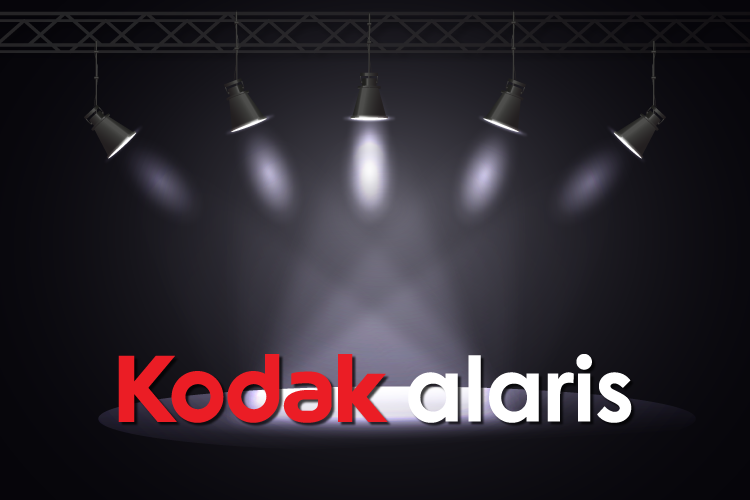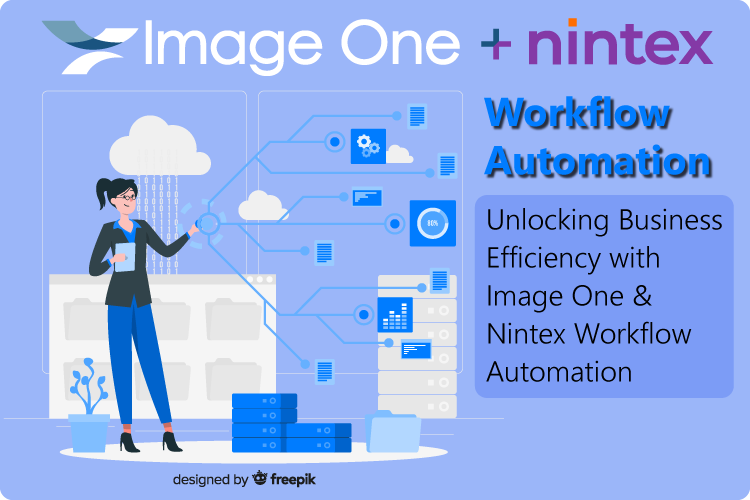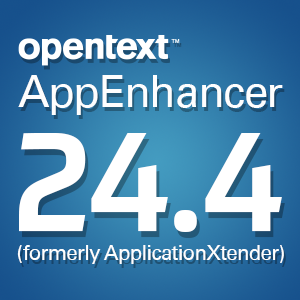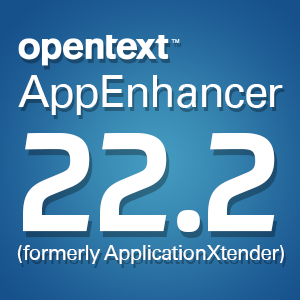TriHealth to receive Stage 7 HIMSS recognition after going paperless
Wednesday, August 6, 2014Following a four-year, $80 million effort, TriHealth has announced it will be receiving Stage 7 recognition from the Healthcare Information and Management Systems Society, which recognizes health care centers dedicated to going paperless.
HIMSS Analytics launched the EMR Adoption Model in 2005 in order to track hospitals' adoption of electronic medical records, according to the HIMSS website. The transition process is measured in stages, 0 through 7, with 7 being the end-goal for hospitals that intend to eliminate paper records. In a Stage 7 hospital clinical information is shared exclusively through digital means between all divisions of the health care center – hospitals, ambulatory centers, patients, etc.
TriHealth is made up of four hospitals, Bethesda North in Montgomery, Good Samaritan in University Heights, Bethesda Butler in Hamilton and TriHealth Evendale, and 115 doctor practices and ambulatory centers, reported the Cincinnati Business Courier. TriHealth will be just the third hospital in Ohio to receive the Stage 7 award, after Ohio State University Wexner Medical Center and Cincinnati Children's Hospital Medical Center.
"TriHealth has been an early adopter of technologies that are just beginning to become mainstream," said John Hoyt, executive vice president of HIMSS Analytics, according to the publication. "This is an organization that enthusiastically embraces technology to support their core mission."
Of the over 5,400 hospital systems in the HIMSS database, only 3.1 percent have received the society's exclusive Stage 7 recognition. The award hard been presented to 4.54 percent of the nation's 24,200 ambulatory clinics.
The proof that adopting EMRs and eMARs is a step worth taking
Approximately 300 people worked on the conversion to document management software, a transition that cost around $20 million per year including labor costs. As time passes, TriHealth's chief information officer, Rick Moore, stated that data will be collected in order to prove the advantages that EMR's can provide to caretakers.
It isn't necessary that Moore do too much research however. The paperless work environment has been fantasized for decades and the advantages of digital business process automation are proven. Space is saved as the need to invest money into stacks of paper is mitigated by the utilization of content management services, The Houston Chronicle explained. Especially important in an organization where lives depend on accurate work, it's vital that documents are less likely to get lost when they're stored by functional document management software.
The electronic processing of documents also provides remote access capabilities. This is important both for health care providers and their patients. Patients can access information on their medications – such as refill dates, and dosage instructions – from anywhere, at any time.
The New England Journal of Medicine in 2010 carried out a study on the implementation of electronic medication administration records. While generalizations about the benefits of going paperless can be made all day, it is important to note that eMARs do provide significant benefits in regard to patient safety. When patients were provided medication without the use of eMARs 776 nontiming-related medication mistakes occurred at an 11.5 percent error rate.
When eMARs were implemented the error rate dropped to 6.8 percent. In an industry where the slightest of errors can put one's health at risk, reducing the error rate from 6.5 adverse medication events per 100 inpatient admissions is vital.
HIMSS Stage 7 designation is important to hospitals, since it underscores their dedication to the safety of patients. TriHealth CEO John Prout considered it to be recognition of all the hard work the system's staff and physicians put in to ensuring patient safety, according to the Cincinnati Business Courier.
"With a computer system that has integrated medical records, you've got all the patient information, everything from allergies to dosages, and the computer behaves as a safety net for the care giver," Moore said, according to the publication. "The computer provides warnings or advice on best practices."
Brought to you by Image One Corporation providing complete information governance since 1994.




